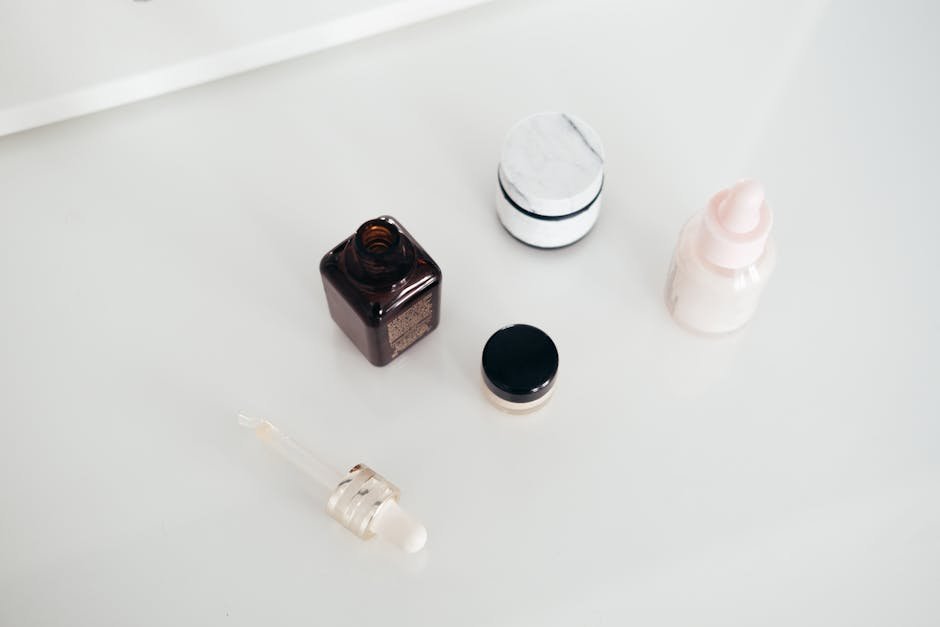Innovation in Plastic Product Design: A Closer Look at Specialty Fittings
The significance of innovation in plastic product design
Innovation in plastic product design is crucial for creating better and more efficient specialty fittings. It allows designers to come up with unique solutions to meet specific needs and challenges. By continuously improving and pushing boundaries, manufacturers can develop products that are not only more effective but also more environmentally friendly. Innovation in plastic product design drives progress and keeps the industry competitive and adaptable to changing demands.
Understanding specialty fittings in plastic products
Specialty fittings in plastic products are customized components that serve specific purposes. They are designed to fit uniquely into a product to enhance its functionality. These fittings can include various types, such as connectors, adapters, and fasteners, which play a crucial role in ensuring smooth assembly and operation of the product. Manufacturers often use specialty fittings to improve the performance and appearance of plastic products, catering to specific needs and requirements.
Trends shaping plastic product design innovation
Designers are incorporating sustainability features into plastic product designs, aiming to reduce environmental impact. Companies are exploring the use of recycled materials to create new plastic fittings. 3D printing technology allows for intricate designs that were previously difficult to achieve. The trend emphasizes functionality without compromising aesthetics, meeting the evolving needs of consumers.
Benefits of specialty fittings in plastic products
Specialty fittings in plastic products offer several advantages. They enhance the functionality of the product by providing custom solutions for specific needs. These fittings improve the overall design aesthetics and ensure a precise and secure connection. Additionally, they increase the product's durability and longevity, reducing the likelihood of breakage or malfunction. Specialty fittings also allow for easier installation and maintenance, saving time and effort. The versatility of these fittings enables a wide range of applications across different industries, making them a practical choice for enhancing the performance of plastic products.
Design considerations for specialty fittings
When designing specialty fittings, it's crucial to consider factors like the specific application, material choice, and production methods. Precision and durability are key aspects to focus on when creating specialty fittings. Functionality needs to be balanced with aesthetics to ensure the fittings meet both technical requirements and visual appeal. Cost-effectiveness should also be taken into account, as it plays a significant role in the overall success of the design.
Materials used in specialty fittings design
Specialty fittings can be crafted from various materials such as stainless steel, brass, aluminum, and plastic. Each material has its advantages and is chosen based on the specific requirements of the fitting. Stainless steel offers durability and corrosion resistance, making it ideal for applications where strength is crucial. Brass is commonly used for its malleability and ease of machining. Aluminum is lightweight and resistant to corrosion, making it suitable for applications where weight is a concern. Plastic fittings are versatile, cost-effective, and can be molded into complex shapes, offering a wide range of design possibilities for specialty fittings.
Techniques for enhancing specialty fittings functionality
To enhance specialty fittings functionality, consider these techniques:
Implement precision molding techniques for intricate designs.
Opt for materials like high-grade plastics or composites for durability.
Utilize advanced CAD software for accurate design specifications.
Conduct thorough testing for performance under various conditions.
Collaborate with engineers for optimal functionality and innovative solutions.
Case studies showcasing innovative plastic product designs
Case studies are real-world examples showcasing how innovative plastic products are designed and utilized in different applications. They provide a detailed look into the process of creating new and unique plastic fittings, highlighting the creativity and problem-solving skills required in the field of plastic product design. Through these studies, designers can explore different approaches, materials, and techniques used to develop specialized fittings that meet specific requirements.
Future outlook for specialty fittings in plastic product design
Specialty fittings in plastic product design are expected to see significant growth in the future. As industries evolve, there is a rising demand for customized and intricate fittings to meet specific design requirements. Manufacturers are continuously exploring new materials and technologies to enhance the performance and aesthetics of specialty fittings. 3D printing is becoming increasingly popular for producing complex and unique fittings quickly and efficiently. Additionally, the focus on sustainability is driving the development of eco-friendly materials for specialty fittings, catering to the growing environmentally-conscious consumer market. The future outlook for specialty fittings in plastic product design is promising, with advancements in technology and materials leading to innovative and sustainable solutions.
Conclusion: Embracing innovation in plastic product design
Innovation in plastic product design is key in today's market. Embracing new ideas and technologies can lead to more efficient and creative specialty fittings. By staying open to innovation, companies can stay ahead of the competition and offer unique solutions to their customers. Always be on the lookout for new trends and advancements in the field to ensure your products are at the cutting edge of design and functionality.

